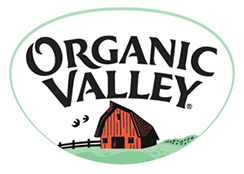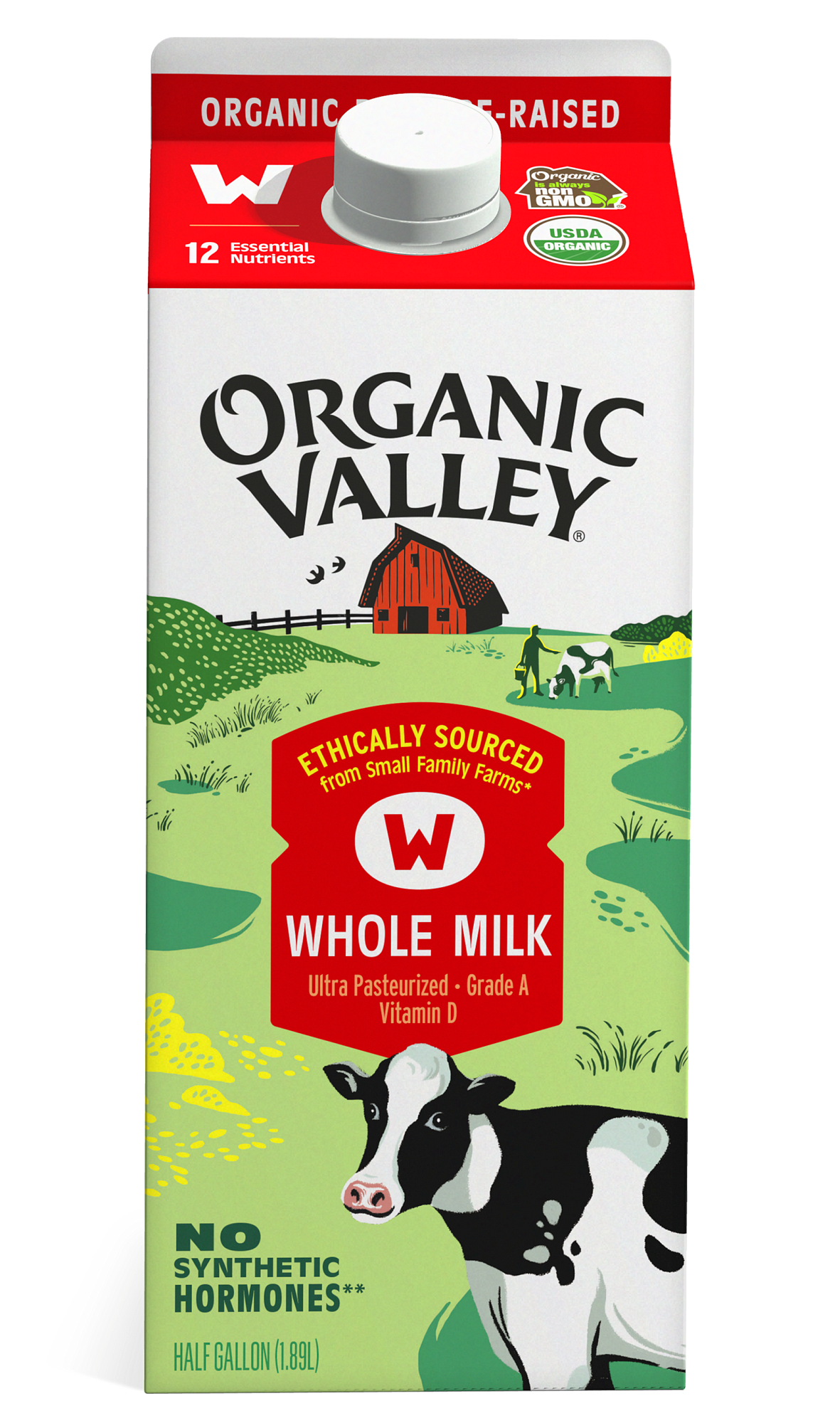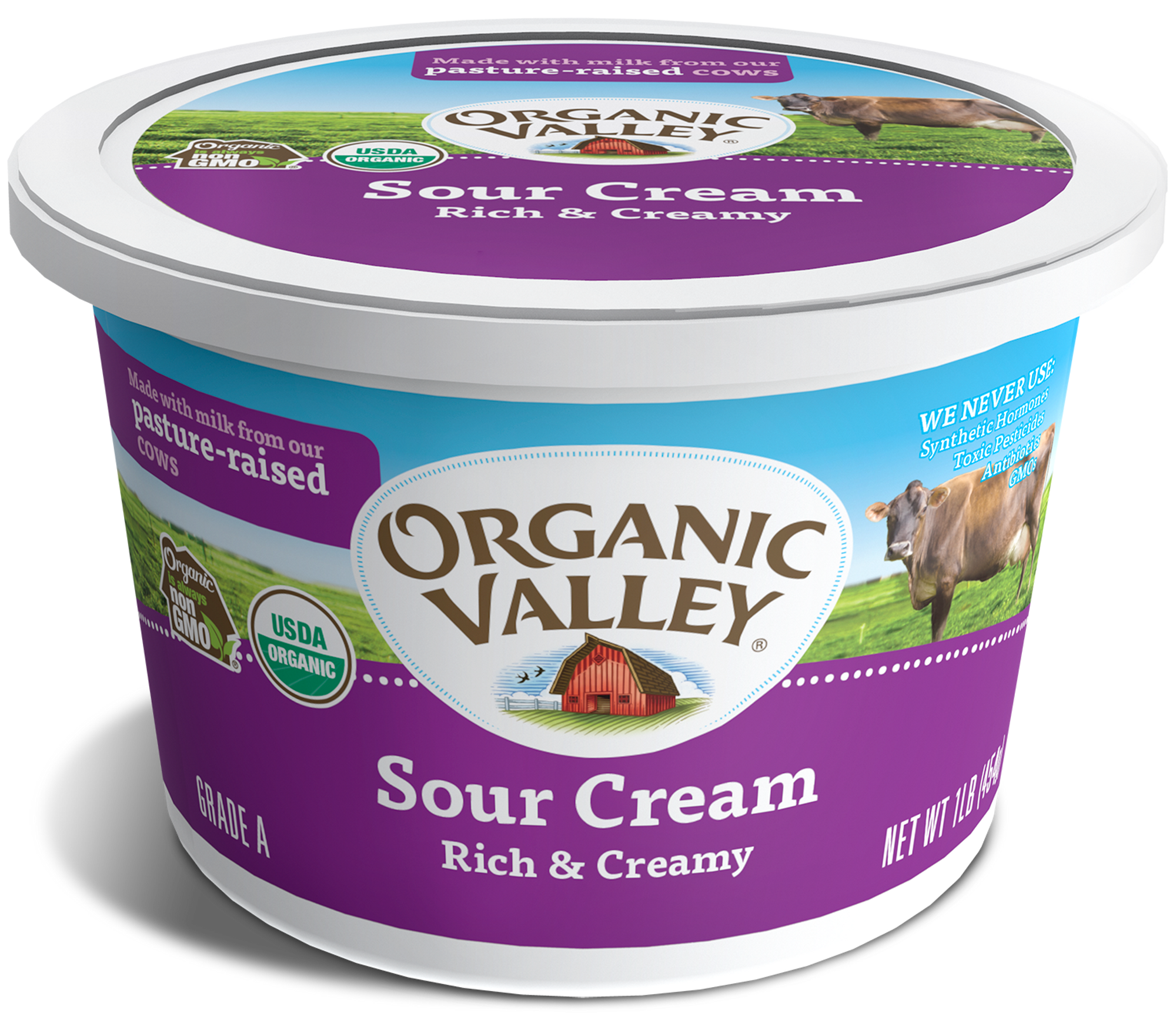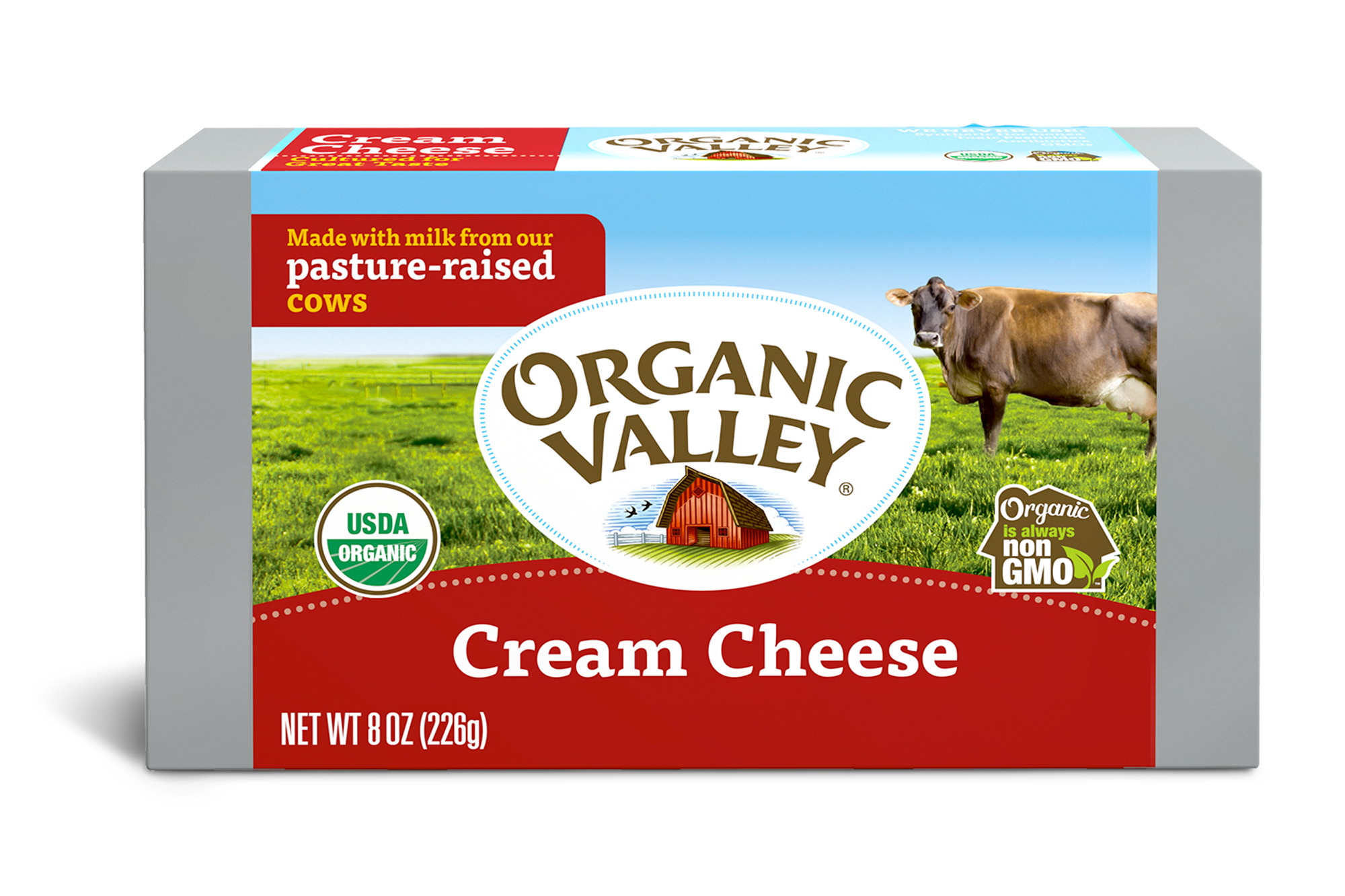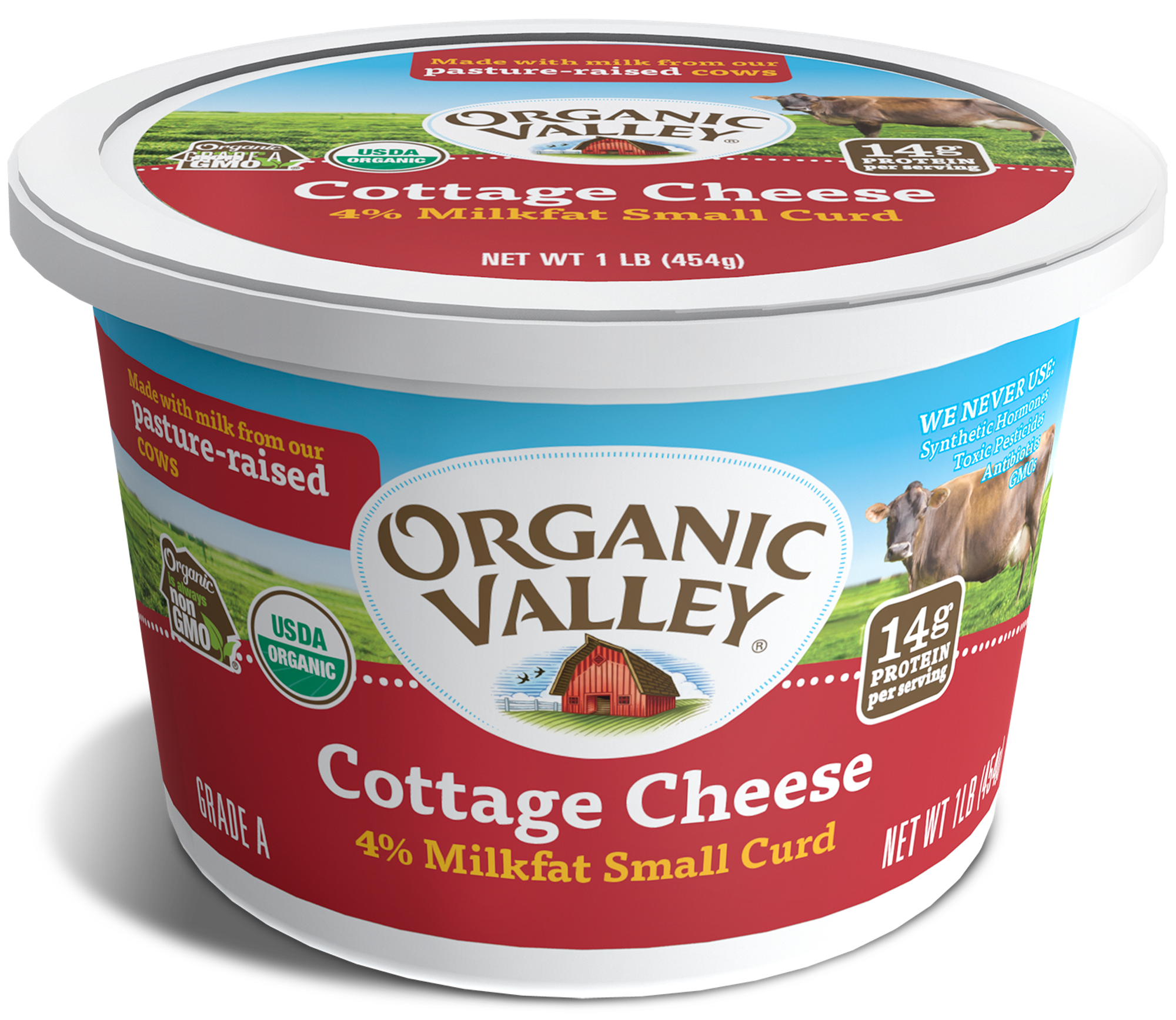
Earth
We Cannot Feed the World with Industrial Agriculture
Debbie Barker is a writer, consultant and activist who has served as international director for the Center for Food Safety (CFS) and the director of the International Forum on Globalization (IFG). A prolific author and speaker, in 2011 she published the book The Wheel of Life: Food, Climate, Human Rights and the Economy. Currently, Debbi is a consultant at the Berry Center, an institute based on the writings and work of author (and fellow Rootstock Radio interviewee!) Wendell Berry.
The progress toward a more regenerative agriculture system that Debbie’s seen since the publication of her book in 2011 is, unfortunately, less than she hoped. “I’m sorry to say that I don’t think a lot has changed on the ground as far as we’re still seeing the industrial agriculture model not only be the dominant model in the US, but we are still exporting that model to other countries,” she says. In fact, Debbie shares that farming is no longer included on the US census data as a profession. As the size of large-scale agriculture operations grows, the number of people living and working as farmers dwindles. Apparently now there are not even enough farmers to warrant labeling their livelihood a professional category in the United States.
And those few farmers who do continue to farm are not being adequately supported. “We have a system where we’re rewarding farmers and rural communities for doing the kinds of farming that are environmentally harmful and have not been economically prosperous for a majority of farmers in rural communities. And we need to turn that around,” says Debbie.

These practices need to change not just for our farmers, but for our world. While industrial agriculture might be able to produce higher yields, the prices we pay for these yields do not merit their rewards — and most of those crops don’t go toward feeding humans, anyway. In this regard, Debbie does not mince words: “We’ve ecologically destroyed the very things we need to grow food for billions of people on the planet,” she says, referencing the stripping of soil, contamination of water and general havoc we wreak on our environment through large-scale industrial agriculture practices.
There is hope for reversing this damage, however: “What a lot of the exciting emerging soil science is showing, is that we can—through photosynthesis—not only halt our CO2emissions if we do the proper kind of agriculture, but we can also drawdown existing CO2from the atmosphere to store it back into the ground where it belongs.”
For more from Debbie, listen at the link below, on iTunes, Stitcher, Google Play or wherever you get your podcasts to hear more.
Welcome to Rootstock Radio. Join us as host Theresa Marquez talks to leaders from the Good Food movement about food, farming, and our global future. Rootstock Radio—propagating a healthy planet. Now, here’s host Theresa Marquez.
THERESA MARQUEZ: Hello, and welcome to Rootstock Radio. I’m Theresa Marquez, and I’m here today with Debbie Barker, a writer, a consultant, an activist who has consulted with the Berry Center [berrycenter.org]. She was also the former international director for the Center for Food Safety and has written a most useful resource that I use often, called The Wheel of Life: Food, Climate, Human Rights, and the Economy. Welcome, Debbie!
DEBBIE BARKER: Thank you so much. Agroecology and agricultural food systems are issues I’ve been working on for a long time, as well as trade issues and climate change. But all of these things relate really to ag and food policies and practices.
TM: Well, I want to start out by letting our listeners know how impressed I am with the work and the amount of information that you’ve gathered in this wonderful publication that you did in 2011 called The Wheel of Life. When I look at the topics, besides climate change and agriculture, but also human societies, what’s going on with food and water, how does it impact livelihoods, migration, gender equality, and just basic human rights—that is so ambitious. And also, you made such great points about how badly we’re going in the wrong direction with the way that we’re looking at agriculture right now—that is, in 2011. Now that that was five years ago, do you think much has changed between now and when you wrote that?
DB: Well, I’m sorry to say that I don’t think a lot has changed on the ground as far as we’re still seeing the industrial agricultural model not only be the dominate model in the U.S., but we are still exporting that model, if you will, to other countries.
Now, having said that, what I do find encouraging from five years ago when I wrote The Wheel of Life is that back then, which isn’t that long ago, not many people or organizations were really paying attention to the links between how agriculture really was key and linked to all of these major issues of our day, such as climate change. Food security, of course, was being paid attention to—that seems like a direct link. But human rights, water, all of these other issues that I wrote about in The Wheel of Life, people weren’t really making those links.
And it’s not just the work and the publication, The Wheel of Life, that turned the corner. Other people have been working, many others, on this for a long time and it’s just now bubbling up into conversation so that we have some recognition now that we really need to look hard at our industrial agriculture system, and that we need to transition to more ecological ways of farming and producing food. And also, within that ecology of growing food in a healthy way and taking care of our soil and water, we need to also make sure that the way we grow our food works for farmers. Because that’s the other part of the industrial system, is it’s basically not worked for the majority of farmers. And we have to always start with what’s good for the farmer and the rural communities, I really think, and base it in that.
TM: Well, you know, this idea of what works for farmers and what doesn’t, or what theythink works for them and what doesn’t, there might be a gap there. But I have been pulling my hair out when I read and I reread some of the things in The Wheel of Life and all the other things that have come out between now and then about what’s not working in the industrial model. And you point out in The Wheel of Life that 30 percent of greenhouse gases has come from agriculture; that 70 percent of fresh water is used in agriculture and it’s dwindling fast. And those are facts, and yet we haven’t been able to make a dent, it seems, in changing or bringing that awareness to the farming community. And now we’re losing, here in the Midwest, the Monarch butterfly, our pollinators, the bats. We have terrible problems with pregnancies terminating early, low birth weight, childhood cancer—I mean, the things are getting greater and greater that are linked to this kind of agriculture. And yet the farmers, who we want to keep on the land farming since we have so few of them, still seem very much loyal to that kind of agriculture. What have you seen that might be trying to turn that a little bit? How can we talk to our neighbors?
DB: Well, first of all, let me just set out the framework, because many people are saying, “Well, we wouldn’t be doing industrial agriculture if it wasn’t good for farmers.” And the fact is—and as you know, we’ve seen the number of family farms decline dramatically over the last few decades—and in fact, farming is no longer even on the U.S. census data for a profession because we have so few farmers now. We can’t function like that as a society. And we’ve seen what’s happened in our rural communities and the economy, and it has political outcomes too—and that’s a whole other road to go down. But I mean, when you have farms and rural communities that are in deep distress, this is really a national problem, even if you live in urban centers and buy your food at Whole Foods or the local farmers’ market.
So we know that it’s not working for farmers. But the incentive in our policy, in U.S. policy, for many decades has been to do the industrial type of farming, especially growing corn and soybeans. And that’s because we highly, highly subsidize those crops. So of course farmers are going to go where they know they’re going to get some kind of return for their work. And so what we have now in the U.S. is a system of huge growing of monocultures of corn, monocultures of soy, and those industrial practices such as heavy tillage. That’s contributing to the loss of our topsoil, it’s also contributing to the loss of carbon in our soils, and that’s emitting—as you noted—industrial agriculture is at least 30 percent of greenhouse gas emissions. But the loss of carbon in the soil is being emitted into the atmosphere, which is causing higher CO2 rates in our atmosphere. And that also, that excessive, when the atmosphere gets too full of CO2, the excess CO2 then is evaporated down into our oceans, and that’s a threat to our aquatic life, our marine life.
So we have a system where we’re rewarding farmers and rural communities for doing the kinds of farming that are environmentally harmful and have not been economically prosperous for a majority of farmers in rural communities. And we need to turn that around, starting with policy, but also starting on local levels with local kinds of farming and business practices that bring rural communities back into a thriving culture.
TM: But what about the original premise that the food is cheaper or that cheap-food policy is much better done with the Smithfield Foods model? You know, where you have hogs, thousands of them all together somewhere in North and South Carolina, growing for the entire nation.
DB: Right. We need to go back to models that really do provide food security, first of all, and ecological health for soil, water systems, and communities. The efficiency model is, I think we all see, is it really efficient for food to be shipped thousands of miles across the sea when many communities could be growing their own food? Probably not. In fact, we know not. Although we can maybe point to some industrial agriculture practices that have meant we’ve increased yields for certain crops, this has come at a very, very high price and an unsustainable ecological price. So that we’ve stripped away, in using these industrial practices—the chemicals, the over-tillage, the massive use of water—all of these practices we’ve done for an “efficient system” of industrial agriculture has really meant that we’ve destroyed the very necessities—soil, water, air—that we need to grow food.
So, as we can’t empathize enough, it’s a huge problem for emitting greenhouse gases. In addition to the 30 percent figure that the World Bank and the UN use, there’s also 60 percent of our nitrous oxide emissions are because of our use of synthetic nitrogen fertilizer. And this a gas that’s almost 300 times more potent than CO2. These are serious problems, and we can’t pretend that the industrial agriculture system is at all—we can’t let them say it’s efficient when they’re spewing toxic gases into our atmosphere, into our water, polluting our water systems, mishandling animals, and affecting people’s very life, their food security and water security.
(11:17)
TM: Well, you know, two big topics come to mind, so I’m going to try and remember both of them. But the first one is one that’s a little slippery. And we hear a lot of times people say, “Let’s put the ‘culture’ back in agriculture.” And I think what people are saying is that this new agribusiness, large-scale, seemed to have impacted our culture locally. Because you did some work on looking at how agriculture’s affecting human societies, what have you found with how our culture, our societies have changed with the change in agriculture?
DB: Well, there’s a lot of ways. One thing that comes to mind right away is, for example, in rural communities in the U.S. but also in other nations, the role of women has changed a lot. When you switch from rural community agriculture systems to huge industrial systems, it actually takes away and displaces powerful roles that women played in their communities as, for example, the guardians of seeds. Woman were often, and are often in many communities still, the caretakers of seeds and saving seeds that have been cultivated and bred for really centuries now. When you have an industrial system, then you’re dependent on buying the seed from one of a handful of seed and chemical companies, and that essentially wipes away the role that women played as seed savers in rural communities.
That’s just one small example. There’s a whole, really, chain of effects. There were seed savers, and then if you’re growing grain in your community then you would take it to the local mill and it would be milled there. And then there’s usually a local cottage bread-baking business. It’s a whole chain of economy just pretty much wiped out when you switch to these industrial systems.
And we see that in the rural communities of the United States too. As you noted, all of the small businesses that use to be there because there were small farms have basically disappeared. I’ve been working with the Berry Center in Kentucky, and so many of these small farm towns that use to be thriving, they can’t even support a local coffee shop in the downtown centers of many of these small farm towns. It’s really impacted rural communities, whether it’s here in the U.S. or abroad.
TM: Those folks out there that might be listening to this and be saying to themselves, “But look, we had to do that. We had to have the Green Revolution because we have two billion people on the planet who are food insecure.” When you talk to conventional ag folks they’ll say, well, that’s the reason—one of the reasons anyway, that they’ve been given—why we needed to do this kind of agriculture.
DB: Right. I think the industrial agriculture folks think that if they say, “Well, we need to feed two billion people,” or “We need to feed all these people, and industrial agriculture…” they think that that kind of ends the conversation, because of course we want to feed the worlds’ billions of people. But we can find, in place after place, there were plenty of places where, for example, the Green Revolution was brought in, an industrial way of agriculture, and people are still going hungry there or are nutrition deficient. And as I said, even if, say for example, rice fields in India may have been increased for a decade period, the price that’s been paid on the land, the soil, the water, all of these things now are the resource base to grow any of those industrial crops, have been wiped away. We’ve ecologically destroyed the very things we need to grow food for billions of people on the planet. Not to mention the human tragedy—their huge use of chemicals, for example, in certain Green Revolution zones in India and Punjab, I believe, the state is where they have what they call the cancer train. The cancer rates are so incredibly high from their use of intensive chemicals needed for the Green Revolution type of agriculture.
When we talk about food security, food security begins at the household level. And really, people need to stop and think about that. Whether you’re in the United States, you’re in Africa, you’re in India, your food security is best guaranteed if you can walk out your house and within a few blocks or a region where you live, crops are being grown that you can feed yourself and your family with. And the industrial model is exactly the opposite, where we depend on, we’re supposed to export away all of the crops that we grow and then import and use cash and import all of our food. That right away is not a way to be food secure. Research after research now is showing that agroecological methods, organic, regenerative agriculture—you know, there are different labels for different systems—but in essence, ecological farming with no or very few chemicals, or no tillage or very low tillage, no use of synthetic nitrogen fertilizers, these practices can give as high a yield as industrial practices and seeds can. And often they find, especially in communities where the soil is marginalized or there’s little rainfall, that ecological farming systems, small scale, do much better in yield that an industrial system does.
(17:40)
TM: For our listeners, if you’re just joining us, you’re listening to Rootstock Radio. I’m Theresa Marquez, and I’m here today with Debbie Barker, who is a consultant to the Berry Center and a former international director for the Center for Food Safety.
You know, the other group that you’re being involved with that you mentioned to me earlier, Debbie, is the Carbon Underground with Larry Kopald and Tom Newmark. There’s just a lot of fun things are coming out of that Carbon Underground, including this “regenerative agriculture movement.” As so many of us, we know organic, we live organic, we think about sustainability, but now we have this new word regenerative. How is that different than sustainable?
DB: Well, so I think what the regenerative agriculture movement people would say is the regenerative agriculture term came up as just a term to be used that focuses on the fact that we need to regenerate and rebuild carbon in our soil stocks, because we have lost, at least 50 to 70 percent of the cultivated soils have lost most of their carbon. And again, that’s gone up into the atmosphere and become a greenhouse gas.
TM: Wow! Did you say 50 to 70 percent of our soils?
DB: Fifty to 70 percent.
TM: Goodness, I haven’t heard that! That’s huge!
DB: Yeah. Currently, of our cultivated soils globally, we’ve lost 50 to 70 percent of their original carbon content. That’s pretty astounding. And that translates into 200 to 300 billion tons of CO2 have been released to the atmosphere just simply due to the destruction of soil, organic matter, around the globe. So we really need to do something about that, not only from a climate change point of view, but as we know, these soils are becoming as difficult to grow food when you don’t have the proper amount of carbon in the soil. And also, another very important job that the carbon does in the soil is it helps soil retain water. And so when you have soils without enough carbon, then water doesn’t seep down into the soil as much.
Already we know that 70 percent of our global freshwater resources are used in industrial agriculture systems, which are sucking out the carbon of the soil. And in especially times when we have water scarcity—over 1.9 billion people right now are living in water-scarce areas—this is a huge issue that we also need to make sure that our agriculture is using water and in fact contributing. If you have the right kind of carbon amounts in the soil, it’s part of the hydrological water cycle as well. It’s globally impossible if you don’t have carbon in the soils where it should be.
So that’s what regenerative agriculture is focusing on, really, is rebuilding carbon stocks in soils. So, what a lot of the exciting, emerging soil science is showing is that we can, through photosynthesis, really not only halt our CO2 emissions if we do the proper kind of agriculture, but we can also draw down existing CO2 from the atmosphere to store it back into the ground where it belongs.
And so, for example, we have a leading soil scientist, Rattan Lal. He has been on the Intergovernmental Panel on Climate Change reports from the UN. And his research is showing that you can save 75 to 100 parts per million of CO2, could be drawn out of the atmosphere over the next century if our existing farms and pastures and forestry systems were properly managed. And that’s really an astonishing and meaningful figure, given that our CO2 levels are currently already over 400 parts per million. So, if we could actually draw down 75 to 100 parts per million, that’s quite amazing. And many of his figures are even conservative, that there are other places in the world where they’ve been doing research and they’ve shown that they can draw down and sequester even higher amounts of carbon.
(22:48)
TM: I’m so happy that we’re talking about soil because, you know, we organic people, it’s our favorite topic. And oftentimes I think to myself, I hope that our future for the organic farming sector will be seeing our farms as, especially dairy farms where we can have high pasture, to be carbon farms, set up to measure and sink carbon.
Debbie, as we wind down our interview, I just really want to return back to the Green Revolution, if that’s okay, because it really struck me, as we were talking about it, how that might have been one of the first examples of just the misuse of language and even this idea of post-truth. You know, just this constant way that language is abused. And it’s someone’s opinion how great it was, and it was green, and it wasn’t green. And I was trying to remember, when was the Green Revolution?
DB: Right, so the Green Revolution arrived in India and the Philippines and some other developing countries in the late 1960s. Mexico actually began using what are known as high-yield variety maize or corn seeds in the late 1940s, which was where these kinds of seeds were at the center of a so-called Green Revolution. That term was actually coined in 1968 by a former USAID director, saying the stated goal was to spread these “miracle seeds” in order to solve world hunger and alleviate poverty.
One other interesting thing now, today, we hear a lot about, “We need to have a second Green Revolution, and Africa now needs to have a Green Revolution.” But, as one of my colleagues at the African Biodiversity Network explained, she said the Green Revolution is not new to Africa. Countries in Africa have used all the Green Revolution techniques. They’ve been using fertilizer, herbicides, fungicides, and they have these “high yielding variety seeds.” And as she says, for small-scale farmers, it’s here. We don’t need another revolution because it’s failed. For small-scale farmers, the backbone of food security in Africa, this system is failing and has failed. And as I think I noted before, we have in the meantime a lot of research, especially in Africa, that agroecological organic farming systems are yielding much higher yields for small-scale farmers and respond much better to extreme weather and droughts and things like that. So really, we have ecological farming—that’s the future. And that’s the true Green Revolution.
TM: So, Debbie, I was just noticing that you wrote a really wonderful piece for Civil Eats called “Connecting the Dots on Ag and Climate Change.” And I really enjoyed reading it because it actually shed light on the issue of what’s going on in Syria. I wondered whether you might give us a comment on that.
DB: Right. Well, as we’ve been talking about food and farming systems, where we want to connect the dots, it’s connected to everything—to climate change, to food security, water security. But often what is not…another link that’s not made is how it actually impacts human rights and even our national and international security issues. So, for example, between 2006 and 2011, more than 60 percent of the Syrian territory experienced the worst long-term drought in recorded history. And that meant water resources were cut in half; the primary wheat-growing region in Syria lost 75 percent of its crops and 85 percent of its livestock. So this climate and food crisis really triggered extreme poverty for millions of Syrians, and there was massive migration from rural communities to the already overcrowded cities. And that’s really put tension on governments and exposed the government’s inability or else refusal to help. And that is what really was stressing ethnic and religious tensions.
So that’s just one example. We’ve seen this in the same kind of situations in many high-security-concern areas, such as Yemen and sub-Saharan Africa, where a lot of the strife that we’re seeing now as political strife really began as a food and water crisis due to droughts and extreme weather events. So again, everything is connected, and these are things that we see on the news every day—the face of hunger, the face of water insecurity, the face of migration to find just basic living standards. This is often rooted in food and farm systems and just highlights we really need to go back to local, ecologically sustained food systems.
TM: Thank you for that, Debbie, because it’s so important for us to see how all these things are connected, and you certainly connected that well. For those who would like to read this full essay that Debbie did for Civil Eats, it’s at CivilEats.com. Very, very worthwhile to read, and so clear on how this unrest that we think is based in religion really has a lot of basis in the way the climate is changing and people’s food insecurity.
Debbie, it’s been just a pleasure to be talking with you today, and just keep up all that great work that you’re doing.
DB: The pleasure’s all mine, thanks so much.
